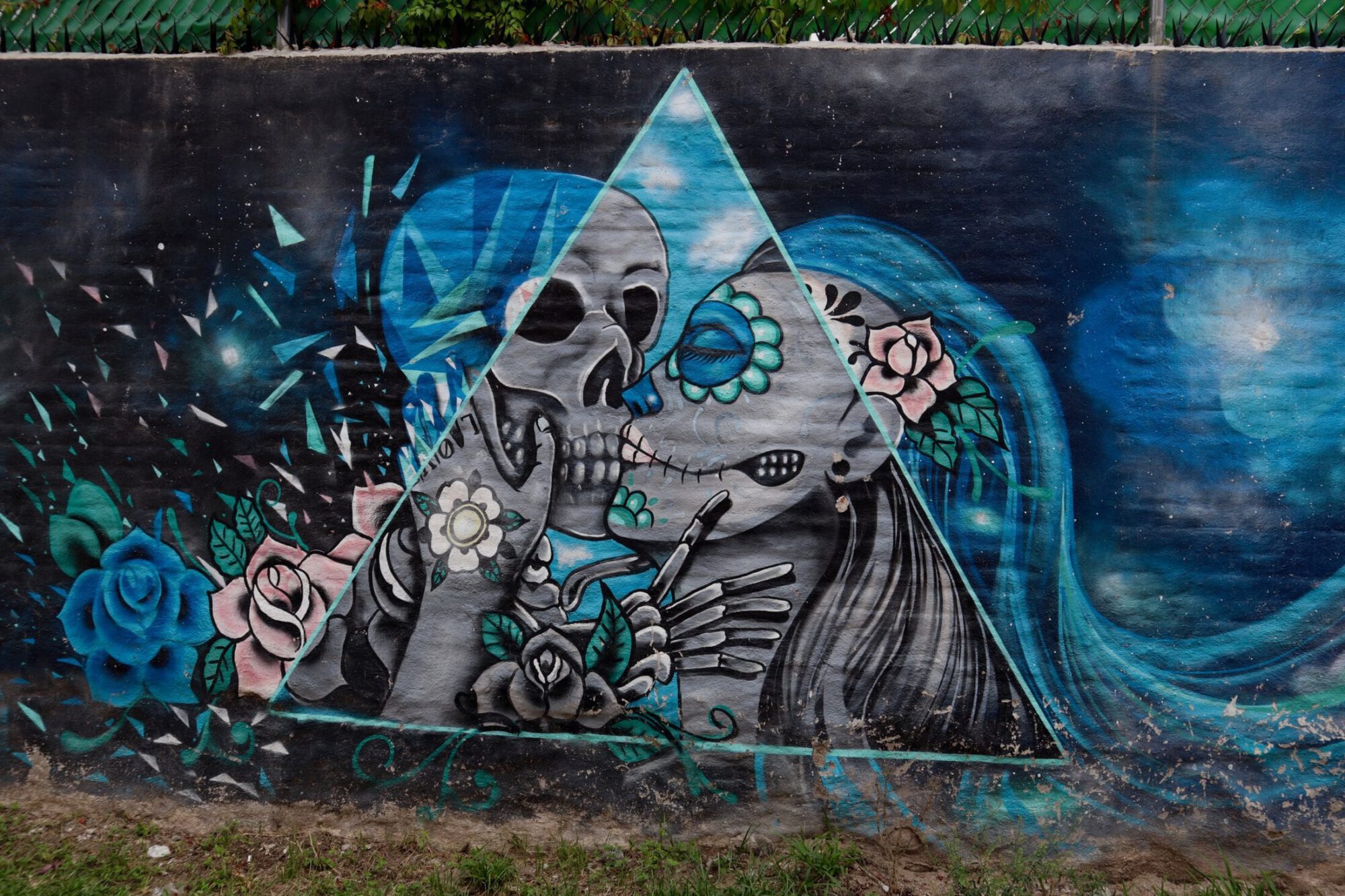Where my Villagers come from
In 1981, I visited Yunnan Province in China, which had just been opened to foreigners. In addition to the Han Chinese, 25 of the 56 ethnic groups, recognised by the Chinese government, live in Yunnan province.
We visited the Dai ethnic people, who live in the south of the province, around the city of Jinghong, in Xishuangbanna Autonomous Prefecture. The portraits below were taken at the market near Jinghong. Since 1979, markets have been allowed to be organized again by the Chinese government. Before that, the Chinese population and especially the ethnic groups experienced many hardships and repression (in Xinjiang province in China the Uyghurs still do). That hardship, I think, was still written on the faces of the adults of the Dai people in 1981.
In 1981, I never thought that since the year 2000 I would live in the hamlet of Luang Nuea in the Doi Saket district near Chiang Mai in Thailand. Luang Nuea and especially my village Muang Wa have existed as a residential community for more than 700 years. This region is where the Dai people moved to at that time. The Thai name for Xishuangbanna is Sipsong Panna, which means ’12 rice-producing hamlets’. The Dai group in my village calls themselves Tai Lue and they keep many traditions of the Dai people in honour. Quite a few families still call the first-born son Sipsong Panna.














